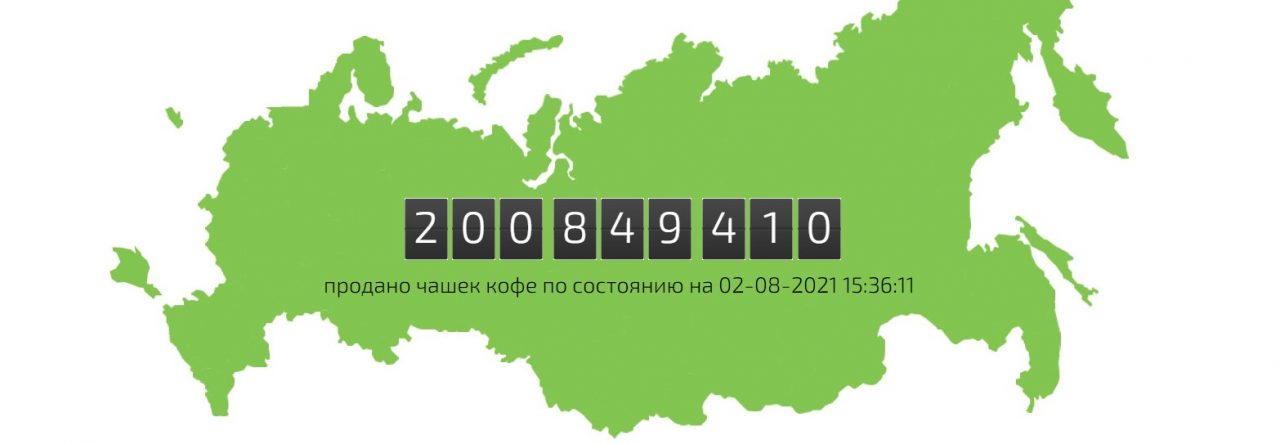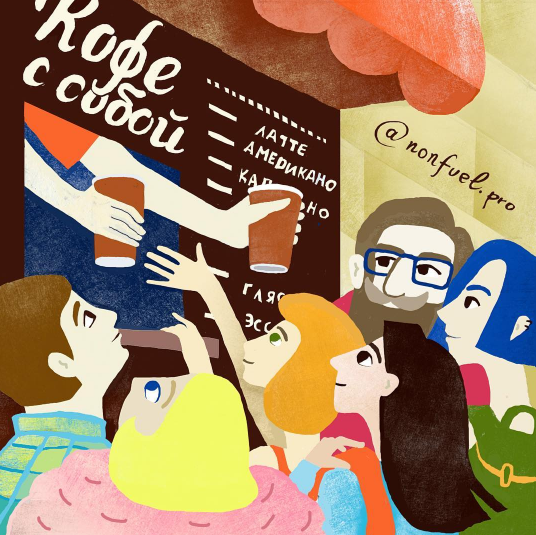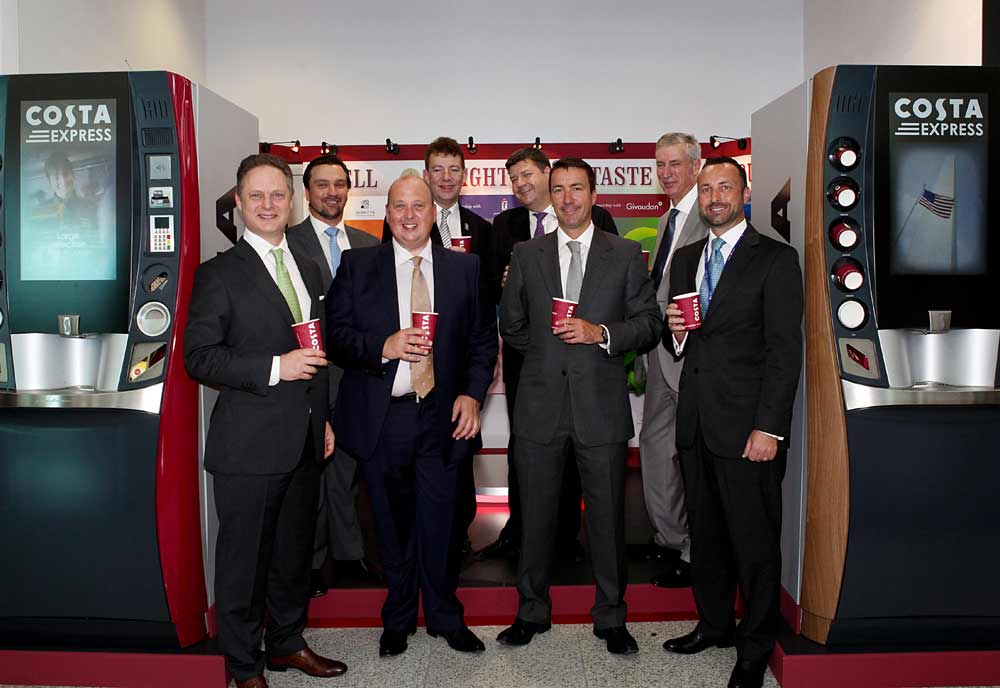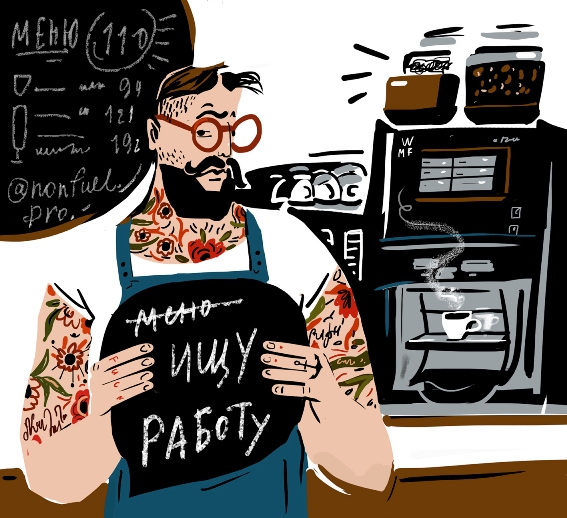The Russian market of IoT solutions has a pronounced contrast compared to Europe and the United States in terms of ensuring connectivity of networks for M2M-technology devices. Its potential is regarded as a very high one. Therefore, analytical firm J’son & Partners Consulting in its research on the results of 2016 for the market of distributed systems and telemetry, remote monitoring and control services paid some special attention to the Russian Internet of Things market. Non-fuel businesses of filling stations may become the exemplary ones for the whole IoT industry, because the industry has a request for major changes to be made. It’s one thing when startups are looking for new items, and quite another one when such a request comes from the leaders of Vertically Integrated Oil Companies (VIOC).
What exactly J’son & Partners Consulting analysts evaluated?
Both the level of penetration and scale of systems that were examined in the study in the were assessed by the amount of wired and wireless devices in the segment of machine-to-machine (M2M), which are automatically (or with minimal human involvement) produce and transmit data collected by telemetry systems, and execute commands of these systems. Devices with built-in data processing functionality were not taken into account. The main objective of the study was to evaluate the prospects of transformation of distributed telemetry systems in the light of Internet of Things (IoT) future development.





